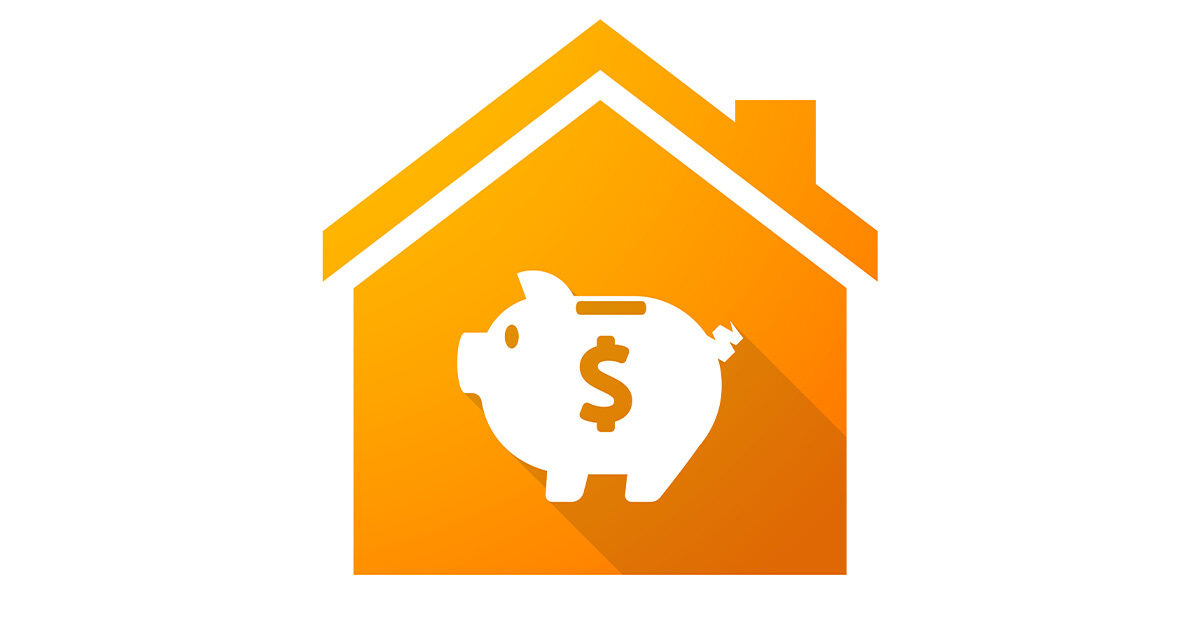US CoreLogic S&P Case-Shiller Index Annual Growth Flattens At 6.5% In March, While Seasonal Price Gains Surge
While home prices appear to remain impervious to high mortgage rates, the overall housing market appears to be stuck in second gear. Home sales so far this year are only slowly bucking last year’s numbers in most markets despite some increase in inventory.
Still, more homes available for sale is a welcome change from last year and suggests that housing markets are indeed thawing and gradually normalizing. Nevertheless, there are still regional variations in both available inventory and demand.
“While the CoreLogic S&P Case-Shiller annual growth flattened at 6.5% in March, seasonal price increases continued to push well beyond pre-pandemic levels, up 1.3% (compared to a 0.8% pre-pandemic average). Continued home price resiliency amid surging borrowing costs highlights headwinds for the housing market reflected in slow sales activity, namely affordability challenges for potential homebuyers as cost of homeownership continue to skyrocket, particularly homeowners’ insurance and property tax increases,” said CoreLogic Chief Economist Dr. Selma Hepp. “While these costs are driving some sellers and investors to let go of homes, and improving inventory shortages, buyers are maintaining the wait-and-see approach in anticipation of lower rates down the road. Nevertheless, it will be important to see how these non-mortgage costs affect potential homebuyers and existing homeowners longer term, particularly homeowners with fixed incomes. Weakness in low tier home prices in Tampa highlight some of the potential challenges. In contrast, markets in proximity to major employment centers, such as Seattle, Boston, and New York which have benefited from strong labor markets and ensuing wage and wealth gains are helping drive the demand while lack of homes for sale and new construction are putting pressure on prices in these markets.”
In markets with the most supply improvements in inventory, such as Florida, Texas and the Southeast in general, demand has cooled some from last year’s frenzy, and home price growth is rapidly decelerating. According to the latest CoreLogic HPI data, the top five coolest markets are New Orleans;, Austin, Texas; San Antonio; Cape Coral, Florida and North Port, Florida – all markets with either significant supply gains or concerns over the rising costs of insurance and maintenance (including the. increases of homeowners’ association fees). In addition, due to concerns of rising insurance costs and the availability of coverage, given the frequency of disastrous weather events, these areas could see some home price declines going forward, as additional homeownership expenses get capitalized into home prices.
By contrast, markets with the strongest home price gains, particularly those in the Northeast and West, continue to struggle with home inventory shortages and sales but have strong demand, which is driving appreciation in those markets and in the national index. But some of those markets are also finally seeing gains in home sales compared with last year, particularly markets in the San Francisco Bay Area.
In March, the U.S. CoreLogic S&P Case-Shiller Index flattened out at a 6.5% year-over-year gain, the ninth straight month of annual appreciation (Figure 1). With the rebound in appreciation since early 2023, home prices are now up by 2.7% compared with the June 2022 peak.
But more interestingly, the non-seasonally adjusted month-over-month index continued to show a strong seasonal increase, up by 1.3%, notably higher than the 0.8% increase recorded on average between 2015 and 2019 (Figure 2) in March. Last spring, when home price growth heated up beyond the seasonal trend, March’s monthly increase was also 1.3%.
The 10-city and 20-city composite indexes also posted their ninth straight months of annual increases in March, accelerating to 8.2% and 7.4%, respectively. The 10-city index includes currently better-performing metro areas such as New York and Chicago, which have seen relatively stronger housing markets since mid-2022, as the return to cities and offices continues. On the other hand, among markets in the 20-city index, the resetting continues for pandemic-era boomtowns, which then saw excessive gains in home prices, while markets with strong appreciation over the last year are now seeing some cooling too, such as Tampa, Florida and Detroit.
Compared with the 2006 peak, the 10-city composite index is now 51% higher, while the 20-city composite is up by 57%. Adjusted for inflation, which is showing signs of easing, the 10-city index is now 3% higher than its 2006 level, while the 20-city index is up by 7% compared with its 2006 high point. Nationally, home prices are 16% higher (adjusted for inflation) compared with 2006.
In March, only 10 out of 20 metros saw faster price growth year over year compared with the previous month (Figure 3), though acceleration in annual gains continues to reflect a comparison with the home price trough in early 2023. Divergence across metros in rate of appreciation compared with February reflects the tale of two markets noted earlier, where some markets contending with rising non-mortgage costs and less demand are now starting to see slower rates of home price growth.
San Diego, New York, Cleveland and Los Angeles lead the 20-city index, with respective annual gains of 11.1%, 9.2%, and 8.8% for the latter two. Twelve metros saw annual price gains higher than the national 6.5% increase. San Diego recorded the third month of double-digit annual increases in March. The strongest annual price acceleration compared with the previous month was seen in Cleveland, Seattle and Boston.

The Place for Lending Visionaries and Thought Leaders. We take you beyond the latest news and trends to help you grow your lending business.



